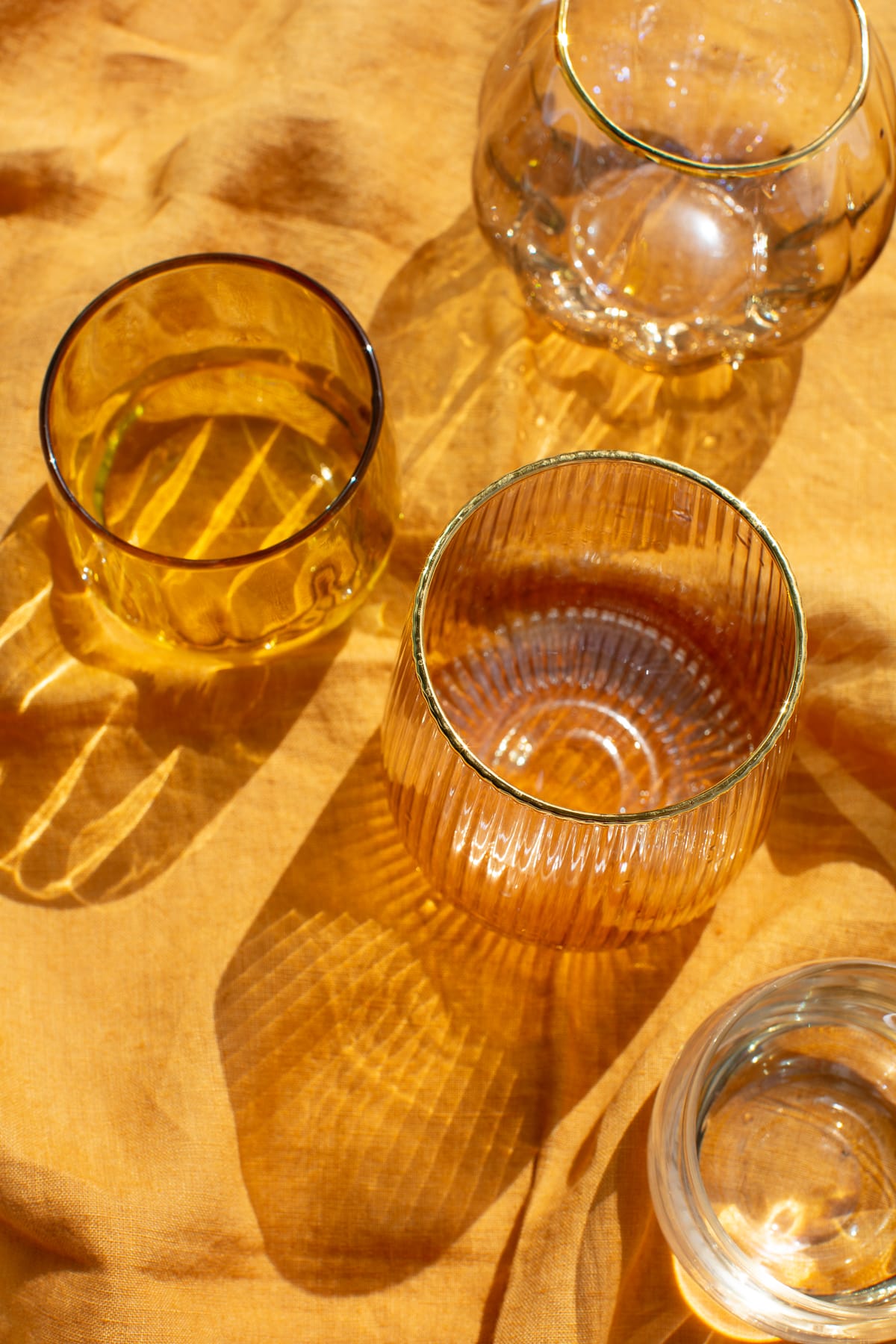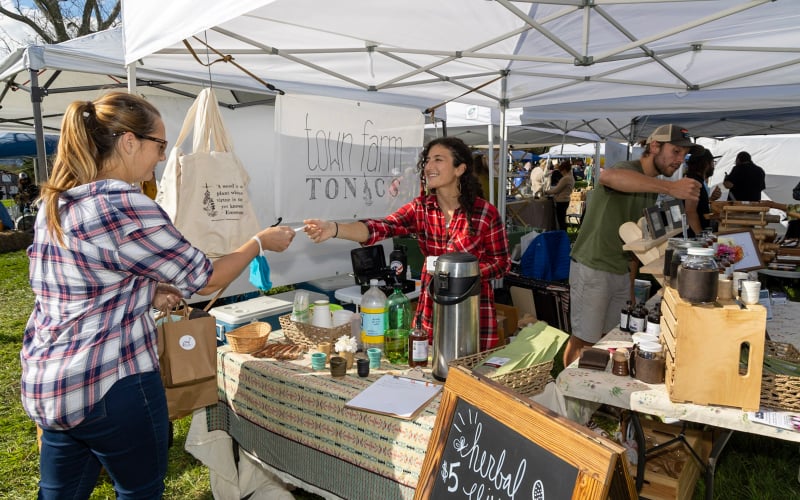Fall Time Glass Blowing
Admin

Admin

When: Daily until November 21, 2022
Where: 521 Atwells Avenue | Providence, RI
Fall is the perfect time to blow glass... Cool outside and warm inside! Try making your own pumpkin, drinking glass, vase, pint glass, ornament, bowl or paperweight. You will have the chance to pick your own glass colors, roll your molten glass into your color, shape your glass object with special glass blowing tools and blow air into your glass. We work with all ages 8 years old and up. Sign up for classes directly through our website. There can be up to four people in a one-hour session (you can all choose to make different items if you'd like). For slightly larger parties just send us an email and we can find a time to host your team event or group of friends. We look forward to meeting you for an amazing glass blowing experience!
More on Glass Blowing and What It Is
Much of the glass you see is flat. For example, windows and mirrors are usually simple, flat pieces of glass. Other types take on different shapes. Can you look around and find any examples of glass that are curved, shaped, and even multi-colored?
Did you ever stop to WONDER about how people shape glass? Any kid who has ever broken a window or a glass bowl knows how fragile it can be. You can’t just take a glass window and bend it, because it will break. How do we get all those glass items that come in so many different shapes and sizes, then?
Glass is a unique, versatile material that can be shaped in many different ways to make a wide variety of products. Those finished products are obviously quite solid, even if they’re fragile. Many of them, though, start out as a substance that looks more like a liquid!
Many of the most unique glass objects you’ll see are the end result of an artistic process known as glassblowing. The art of glassblowing has been around a long, long time. How long? Historians can trace it all the way back to the Roman Empire. In fact, it’s the first century B.C.E. Syrians who are usually given credit. They discovered that glass could be blown from the open end of a hollow tube and turned into all sorts of different shapes.
Although glass is a solid, it’s an amorphous solid. That means it’s rigid but has a molecular structure that’s random like a liquid. It’s this interesting structure that makes glass transparent.
Glass is made up of silica, which is basically a high-quality type of sand. Other materials, such as metals and metal oxides, are added to silica to lower the melting point of the mixture. Other key ingredients often found in glass include soda (sodium dioxide) and lime (calcium oxide).
Glassblowers mix these ingredients to make a batch of glass, which they will melt in a furnace in their workshop (called a hot shop). The batch is heated in a pot called a crucible to an initial temperature of over 2,000º F.
While glass can be blown by one person alone, it’s a challenging task that’s usually best tackled by a team. The lead glassblower is called the gaffer. The gaffer uses a blowpipe (a hollow tube made of iron or steel that’s usually about four feet long) to dip into the crucible to coat the end with a blob of molten glass.
The gaffer then blows into the blowpipe to create a bubble in the molten glass. Depending upon what kind of product the gaffer wants to make, a large, flat surface called a marver can be used to shape the glass. Other tools, including blocks, jacks, heat shields, and paddles help the gaffer and his team shape the molten glass into the final product desired.
As the glass is being shaped, it often cools to the point where it becomes unworkable. When that happens, the glass must be put into a second furnace (called the glory hole) to reheat it to the point where it’s once again flexible enough to shape further.
When the glass product is finished, it must be cooled carefully. A third furnace, called an annealer, is used to slowly cool the glass product to the point where it becomes a sturdy solid that’s still transparent. If glass is cooled too quickly, it can crystallize and lose its transparency while also becoming extremely fragile and subject to breaking easily.
Edge Realty was founded in 1990 in the waterfront community of Edgewood, Rhode Island, inspired by the richness of the architecture and the quintessential Ocean State coastline. With a background in the arts, we took our creativity and strategic thinking into Real Estate. Since then, Edge Realty opened its South County and Newport locations, and has continued to expand; now operating throughout Rhode Island, Massachusetts and Connecticut, with referral partners worldwide. With three strong decades of sales in all aspects of real estate, from first time buyers to luxury homes, Edge Realty has sold thousands of properties- including one-of-a-kind architect designed homes, historic time pieces, and whimsical beach cottages. We bring the Art of Real Estate to you – with a Creative Edge.
Stay up to date on the latest real estate trends.

January 2, 2026

Creative Edge
January 2, 2026

In The News
December 26, 2025

Creative Edge
December 26, 2025

Creative Edge
December 18, 2025

In The News
December 18, 2025
Why a surge in serious buyers is creating new opportunities for Rhode Island home sellers

In The News
December 12, 2025

Creative Edge
December 12, 2025

Creative Edge
December 4, 2025